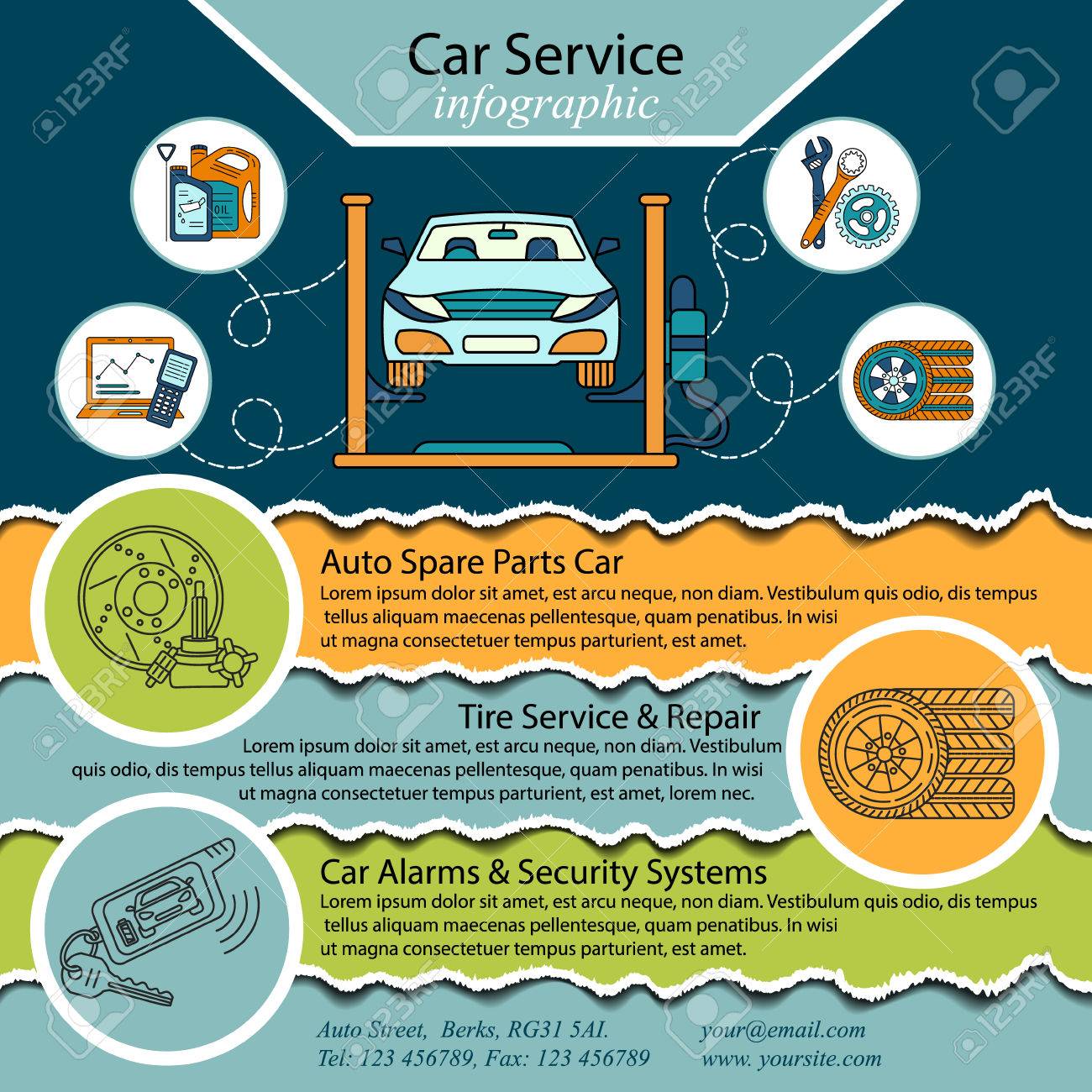Wondering Concerning The Meaning Behind Those Dashboard Caution Lights? Gain Insights Right Into Their Implications For Your Car'S Safety And Security And Upkeep
Wondering Concerning The Meaning Behind Those Dashboard Caution Lights? Gain Insights Right Into Their Implications For Your Car'S Safety And Security And Upkeep
Blog Article
Personnel Author-Termansen Forbes
When you're behind the wheel, those glowing warning lights on your dashboard can be a bit puzzling. Do you understand what they're attempting to inform you regarding your car's health? Comprehending the significance of these lights is crucial for your safety and security and the longevity of your vehicle. So, the following time one of those lights turns up, wouldn't you wish to decipher its message properly and take the necessary steps to address it?
Common Caution Lights and Interpretations
Identify usual caution lights in your car and comprehend their significances to make sure safe driving.
The most typical warning lights include the check engine light, which signifies problems with the engine or emissions system. If car seat shampoo wash begins, it's crucial to have your car inspected quickly.
The oil stress warning light indicates reduced oil pressure, needing prompt attention to prevent engine damages.
A blinking battery light may recommend a damaged charging system, possibly leaving you stranded if not addressed.
The tire pressure monitoring system (TPMS) light notifies you to reduced tire pressure, impacting car security and gas effectiveness. Disregarding https://israelmhbwq.creacionblog.com/31978446/how-to-choose-the-right-automobile-describing-solution-for-your-requirements might lead to harmful driving conditions.
cardetailingauckland indicates a problem with the anti-lock stopping system, endangering your capacity to stop quickly in emergencies.
Finally, the coolant temperature alerting light warns of engine getting too hot, which can result in serious damages if not fixed promptly.
Understanding these common caution lights will aid you attend to issues without delay and keep safe driving conditions.
Significance of Prompt Interest
Comprehending the common warning lights in your auto is just the first step; the importance of promptly dealing with these warnings can not be stressed sufficient to guarantee your safety and security on the road.
When a warning light illuminates on your control panel, it's your car's means of interacting a prospective concern that requires focus. Ignoring these warnings can bring about much more severe problems later on, endangering your security and possibly costing you a lot more in repairs.
Trigger focus to warning lights can protect against break downs and accidents. As an example, a blinking check engine light can suggest a misfire that, if left neglected, can trigger damages to the catalytic converter. Addressing this promptly can conserve you from an expensive repair work.
In a similar way, a brake system advising light might signify reduced brake fluid or worn brake pads, critical components for your security when driving.
DIY Troubleshooting Tips
If you see a warning light on your dashboard, there are a few do it yourself repairing ideas you can attempt before looking for professional help.
The initial step is to consult your vehicle's handbook to understand what the specific warning light shows. Sometimes the problem can be as straightforward as a loosened gas cap activating the check engine light. Tightening up the gas cap may deal with the problem.
An additional common issue is a low battery, which can trigger various cautioning lights. Inspecting the battery connections for deterioration and ensuring they're protected might deal with the issue.
If a warning light lingers, you can attempt resetting it by separating the auto's battery for a couple of minutes and afterwards reconnecting it. Furthermore, inspecting your car's fluid degrees, such as oil, coolant, and brake liquid, can help fix cautioning lights associated with these systems.
Final thought
Finally, recognizing your vehicle's warning lights is necessary for keeping your vehicle running smoothly and safely. By promptly dealing with these notifies and understanding what they suggest, you can stay clear of expensive repairs and possible break downs.
Bear in mind to consult your vehicle's handbook for particular information on each cautioning light and take action appropriately to make sure a trouble-free driving experience.
Keep educated, stay secure when traveling!
